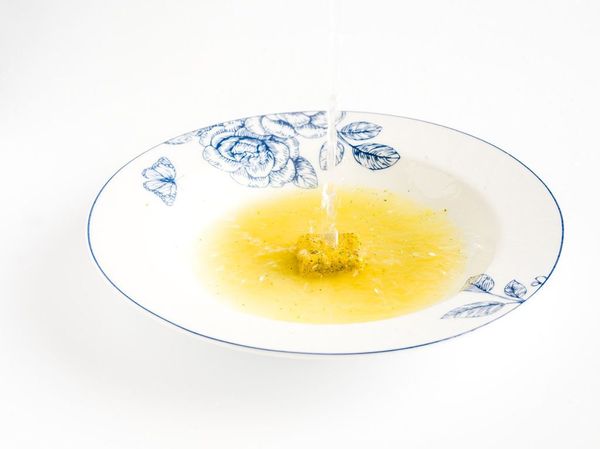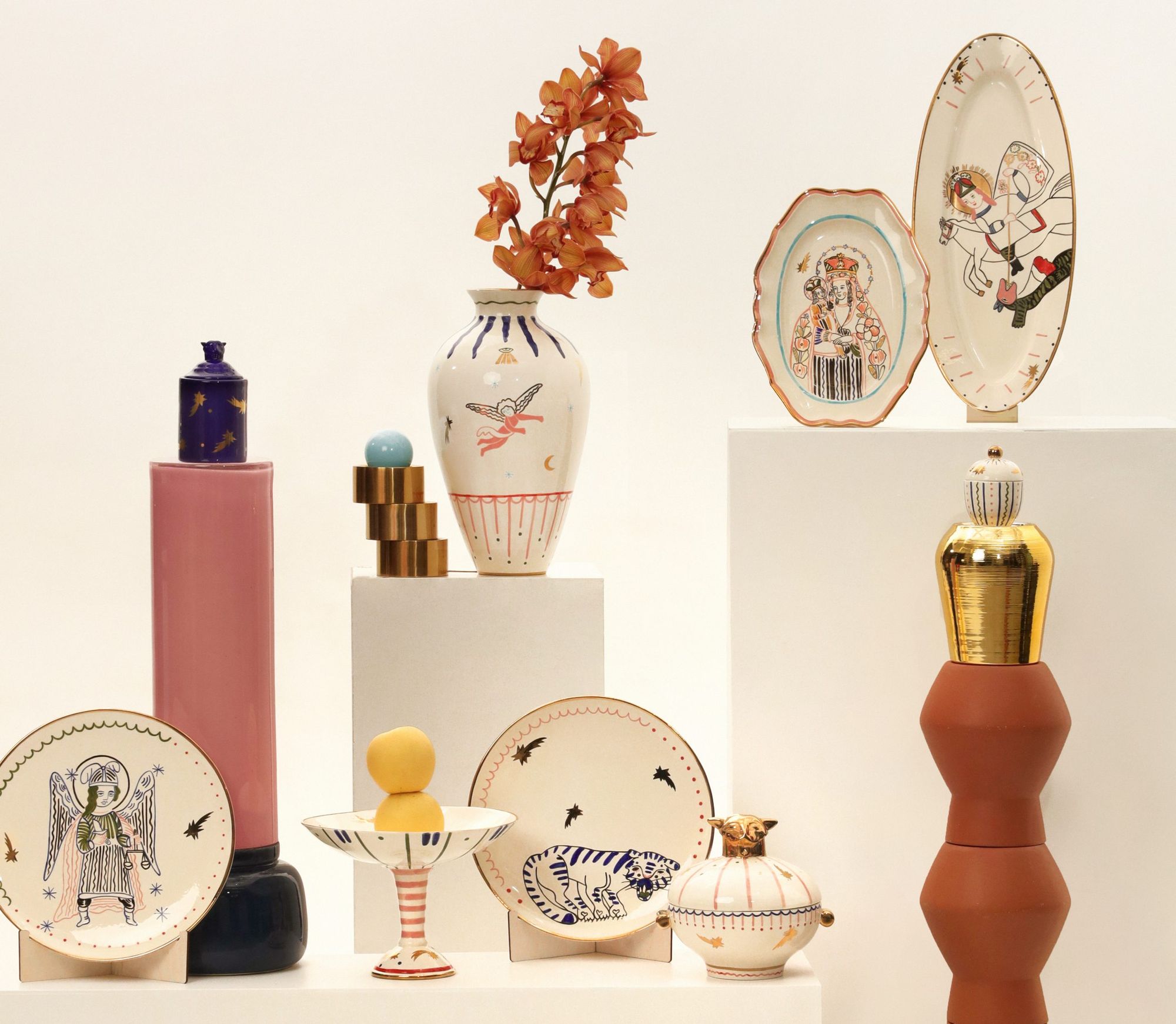The Gunia Project is one of our favorite brands from the East: through in-depth ethnographic research, they revive Ukrainian craft traditions in the form of fresh and fashionable objects. Following our previous interview on the vision of founders Natasha Kamenska and Maria Gavryliuk, this year’s festive collection and the Ukrainian Christmas traditions are now on the table.
New ceramics with a cavalcade of golden stars and confetti droplets will take you back to the joyful holiday nostalgia of childhood. The unique tableware features characters associated with Christmas from naïve Ukrainian paintings: angels, Orthodox saints and cherubs. Meanwhile, the protagonist, the blue tiger, comes from a world far removed from Christian symbolism, bringing an eclecticism to the collection. “The blue tiger is a symbol of the year 2022. We have decided to dedicate all our Christmas collections for the next twelve years to the signs of the zodiac, which can then be used to create a complete collection,” they explain.

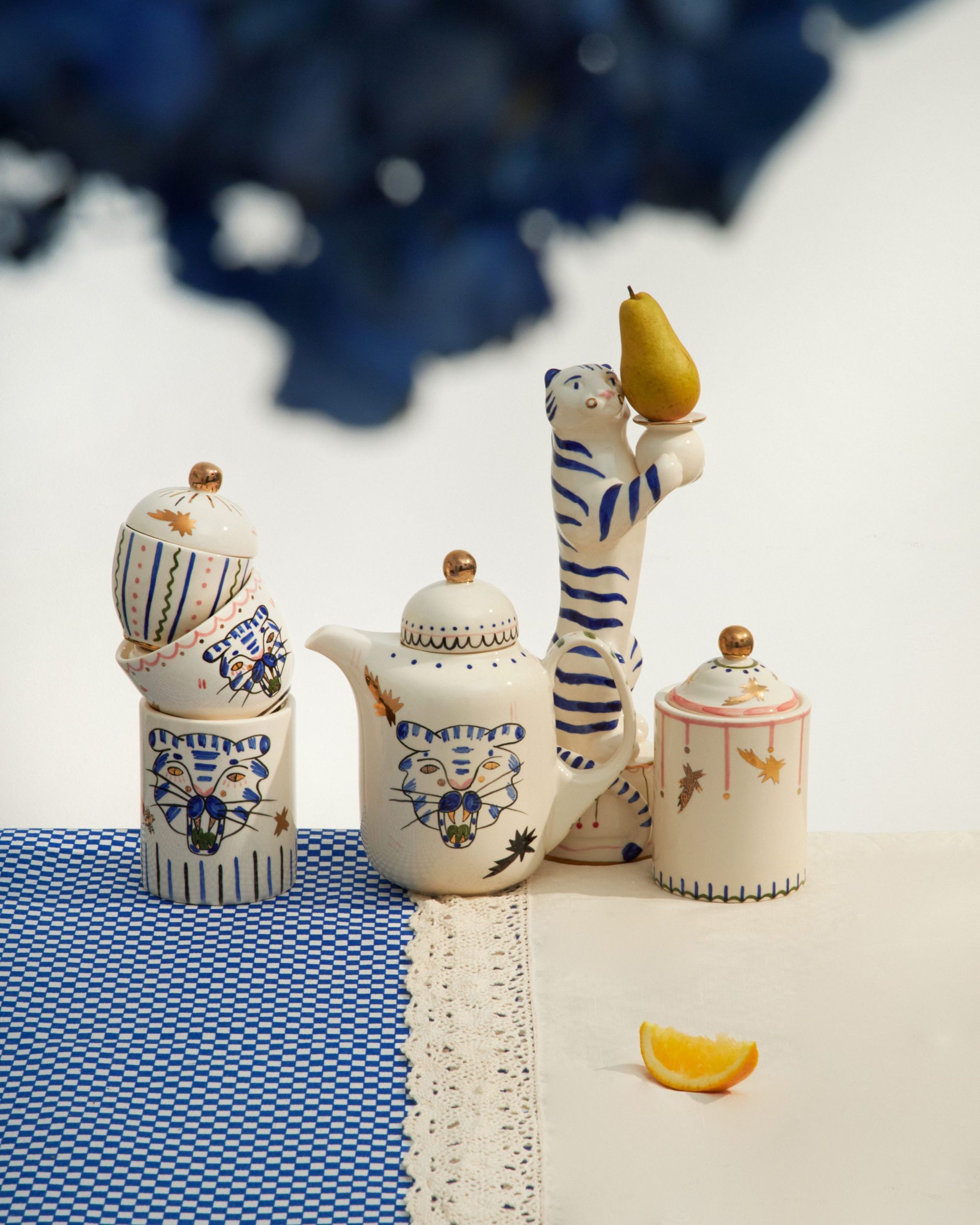
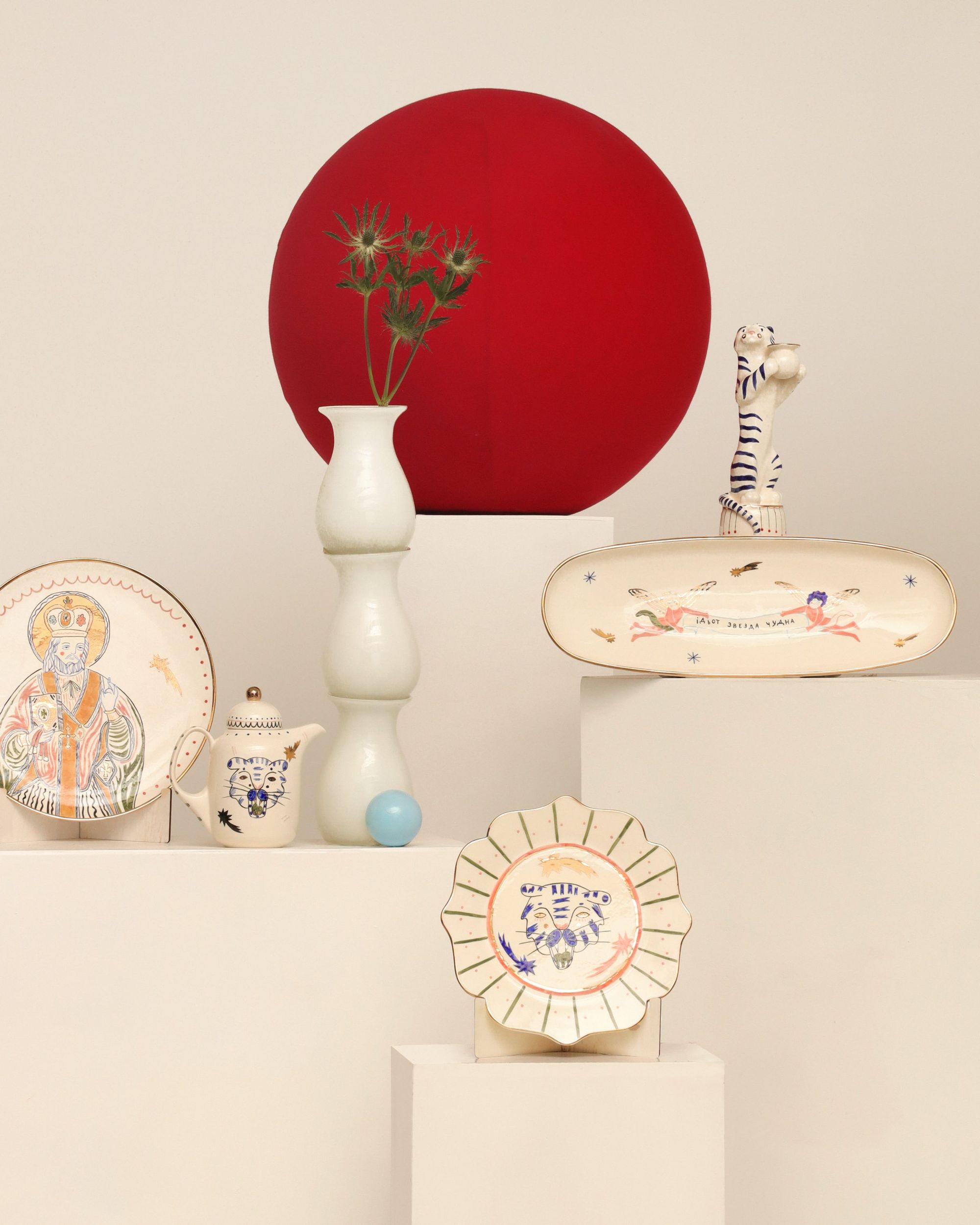

“The collection is basically designed for traditional Christmas dishes. My favorite is the plate for traditional Ukrainian kutia, the so-called «Kutivnyk». We also have the oval plate for Ukrainian varenyky and pies in our collection. Our big family always spends Christmas Eve together, when we serve twelve courses every year,” Natasha told us. “Of all the traditional Ukrainian festive dishes, I’m also most looking forward to serving kutia in the new dishware. It is a traditional Christmas main dish made from boiled wheat with honey and poppy seeds. Natasha and I once debated whether kutia is soup or porridge? Interestingly, it has a different look and recipe in every region of our country. Besides, ‘Olivie’ and ‘Shuba’ salads are my favorite festive main courses. Although I grew up in the post-Soviet period, my mother always prepared them for New Year. I am very happy that this year we have created homeware that goes perfectly with any Christmas meal,” said Maria. “When I was a child, relatives from all over the world used to gather at our grandmother’s house on Christmas Eve. My mother forbade us to eat until the first star appeared in the sky; it was one of our main traditions. We would run to the kitchen and run away with pies and sweets,” she added.

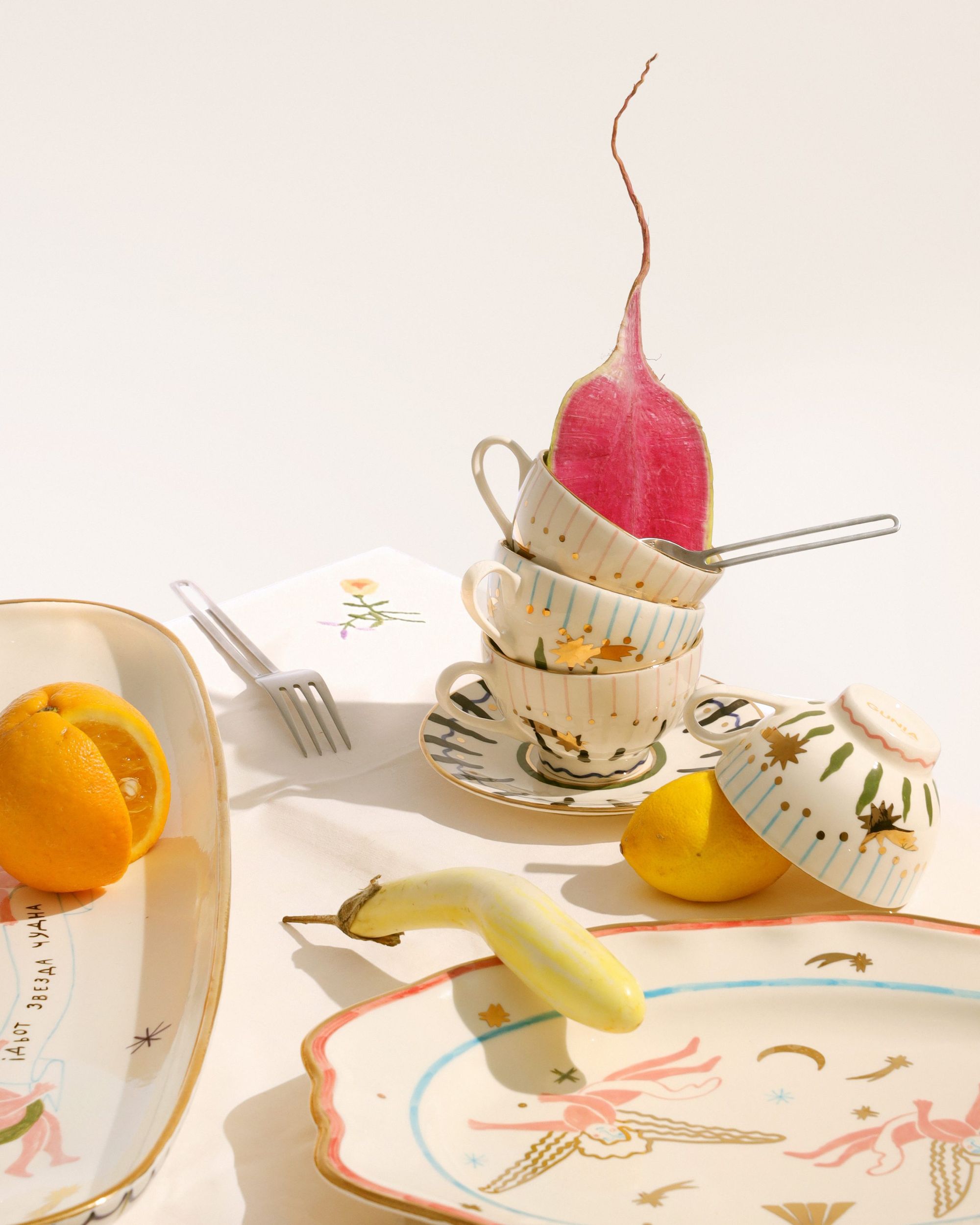
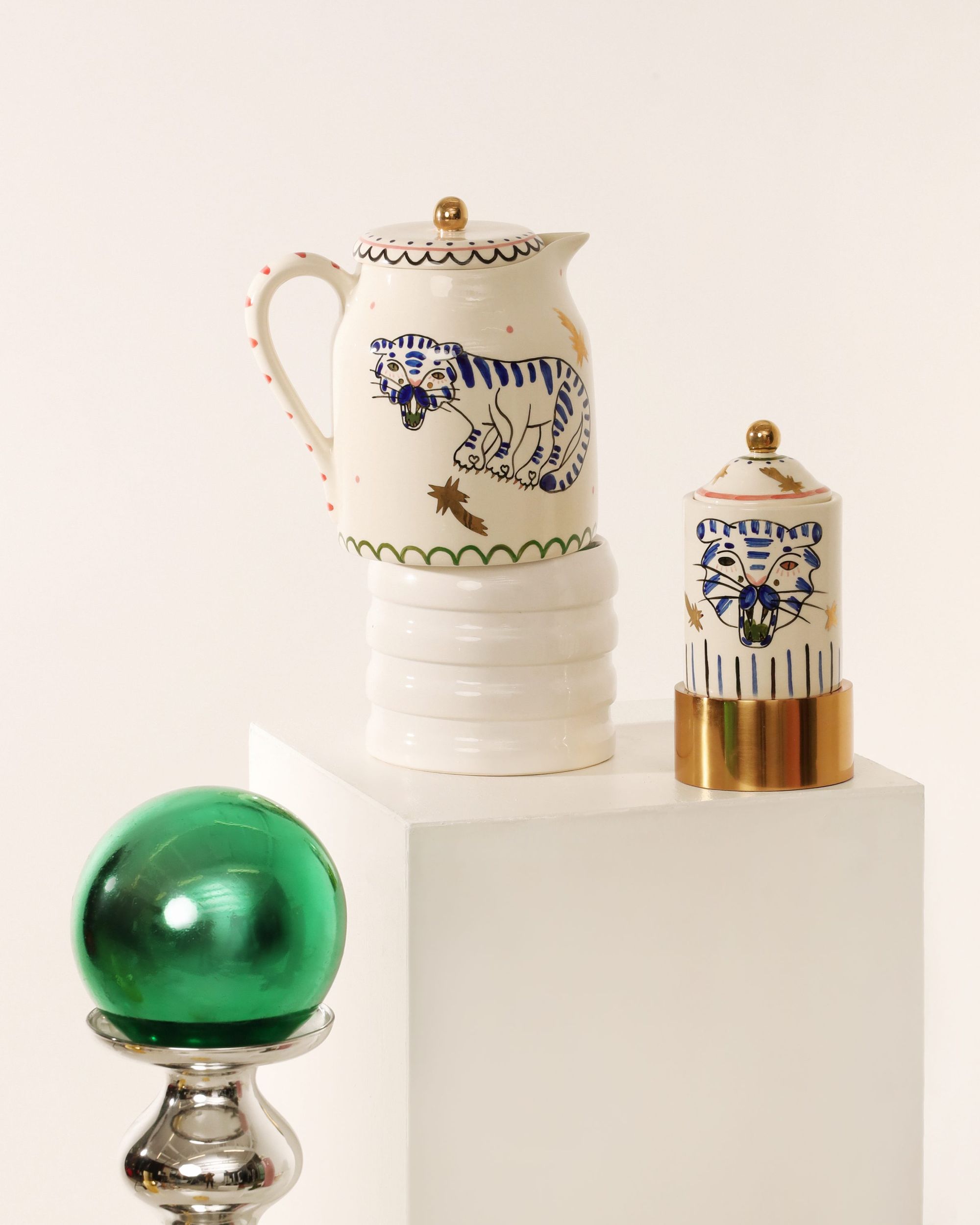
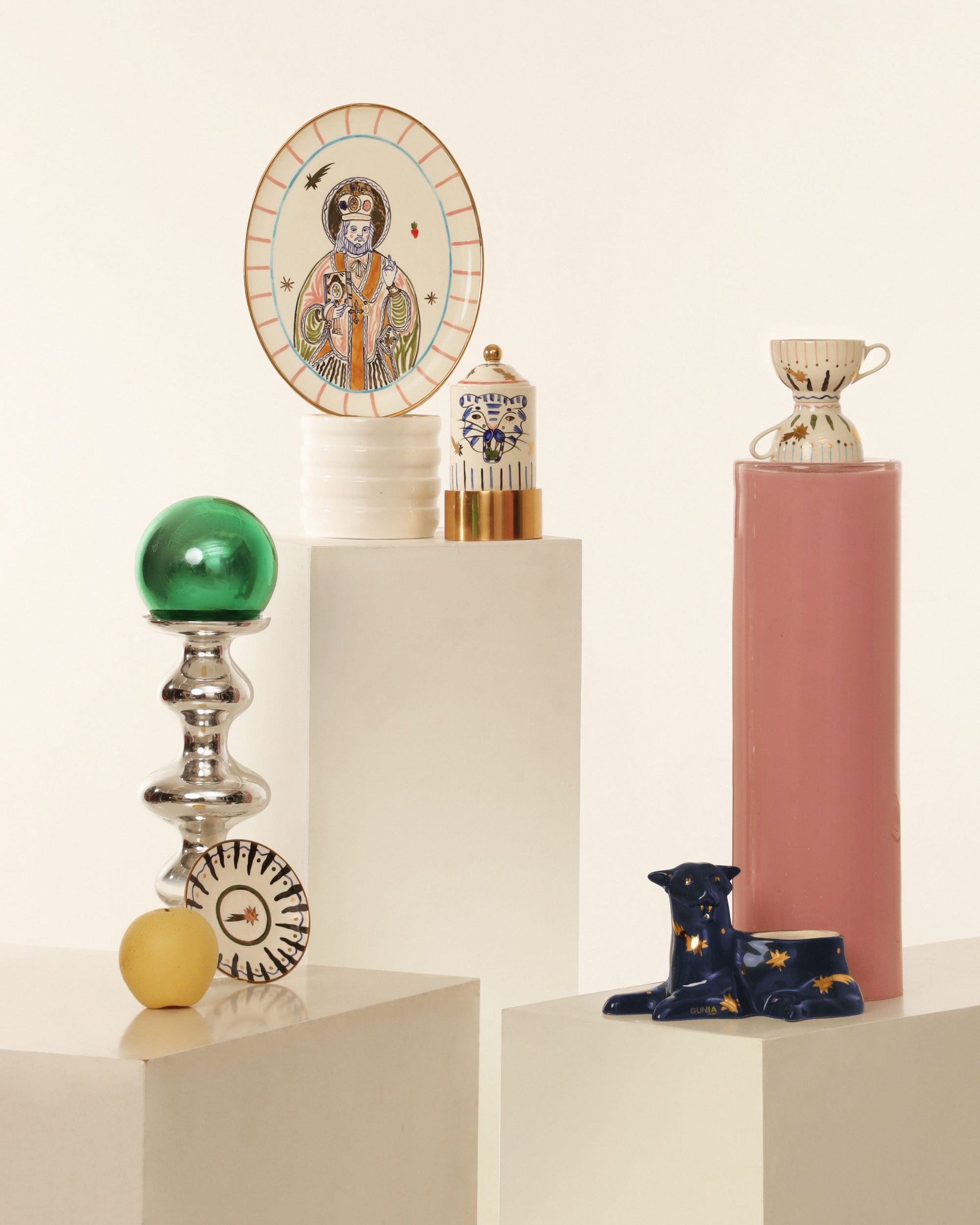
The end of the year is also about looking back and planning, so we asked them about that too: “This year has been a year of change, big decisions and challenges for our brand. We improved our production processes and moved to a new showroom. We worked on many new pieces, discovered new techniques and created many wonderful collaborations. We have been able to reinforce our vision of creating pieces that are both collectible and worth preserving. We set the bar high and we are happy that everything was a success,” Natasha shared. “We hope that 2022 will be no less intense: we have already started to expand our reach and next year, we plan to consolidate these positions and launch the brand in more countries,” Maria told us.

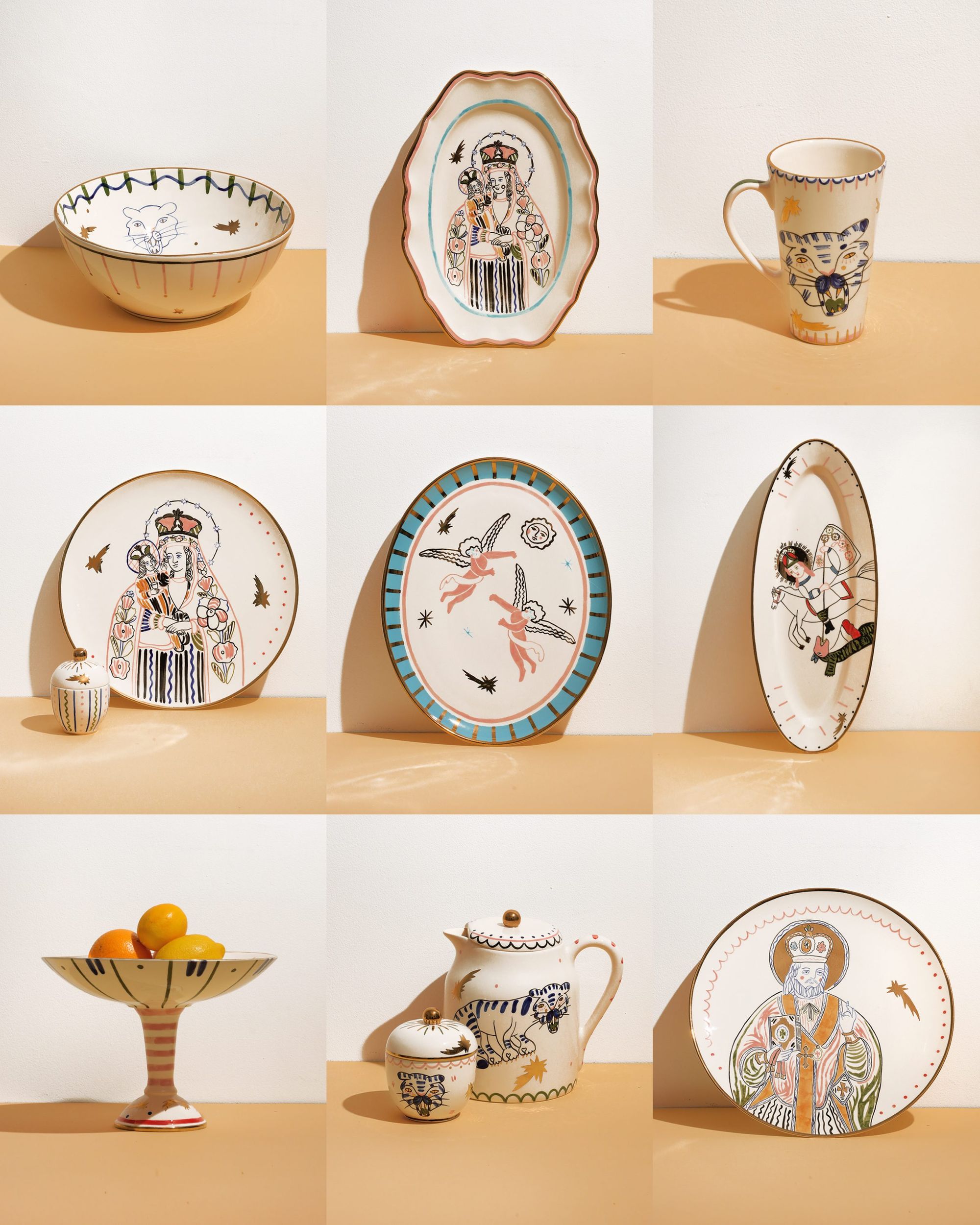
Gunia Project | Web | Facebook | Instagram
Photos: Lera Levanova
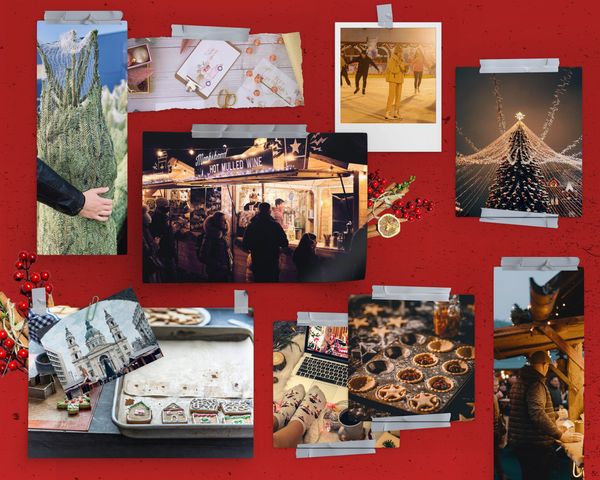
From the Nutcracker to a walk through the forest | Hype&Hyper Xmas program guide
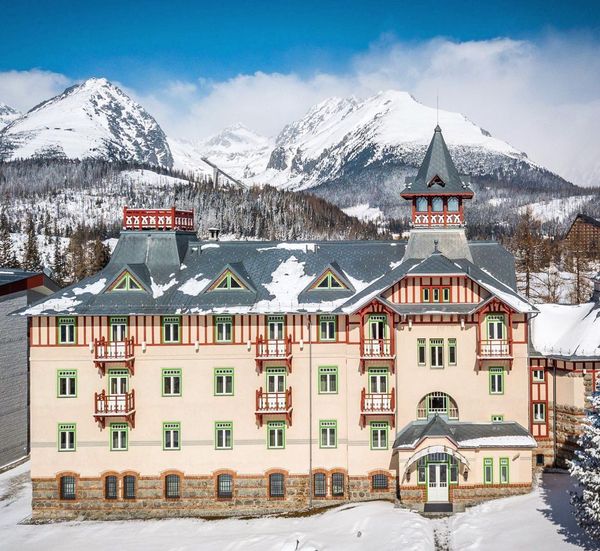
Winter castle hotels, just like in fairy tales
